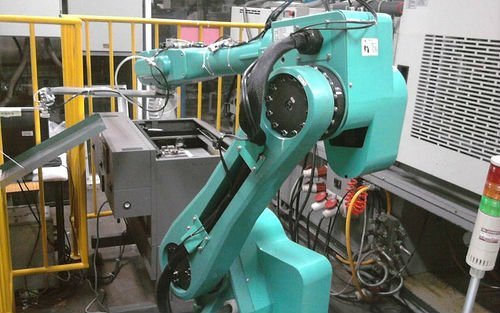Robots Have Started to Learn by Example

Engineer at Georgia Tech has developed a way of learning new skills on the robot mode of action, that is, without the use of traditional methods of programming.(i.e. Supervised or Unsupervised Learning).
Modern robots are not yet able to understand the world around us as well as people. The robot is controlled by the computer, so to perform certain actions necessary to program the machine. And this is a serious problem because in the future robots will have to interact with people and to help those who do not have knowledge of programming.
To overcome this problem, an engineer working at Georgia Tech (Maya Cakmak). In collaboration with the laboratory of Willow Garage. It has created a platform for the robot`s new skills. Programming experience is required for this. The car is enough to show the sequence of actions that the robot then repeated these movements, writes Gizmag.
Author invited to experience a new platform to ordinary people who know nothing about programming. After a short briefing volunteers managed to teach the robot to carry out simple tasks, for example, to get the medicine from the medicine cabinet or folded shirt. These tasks seem uncomplicated to man but for the robot these tasks are much more complicated.
This is probably why modern scientists so easily dismiss the idea of ??”Rise of the Machines” – modern robots are too imperfect, without first “training” in the form of machine code before they are baffled even the most basic things.
In the long term, according to the Maya Kakmak, the system will be able to work in online mode. The robots could share their skills with other machines that are connected to the same network. Theoretically skills can be exported and imported, to specify how the program for a typical computer, for example, put any clothes or load the dishes in the dishwasher. After installation the user will be sufficient to conduct additional briefing on the spot to introduce the robot to the specific places and objects.
Shortlink:

Recent Comments